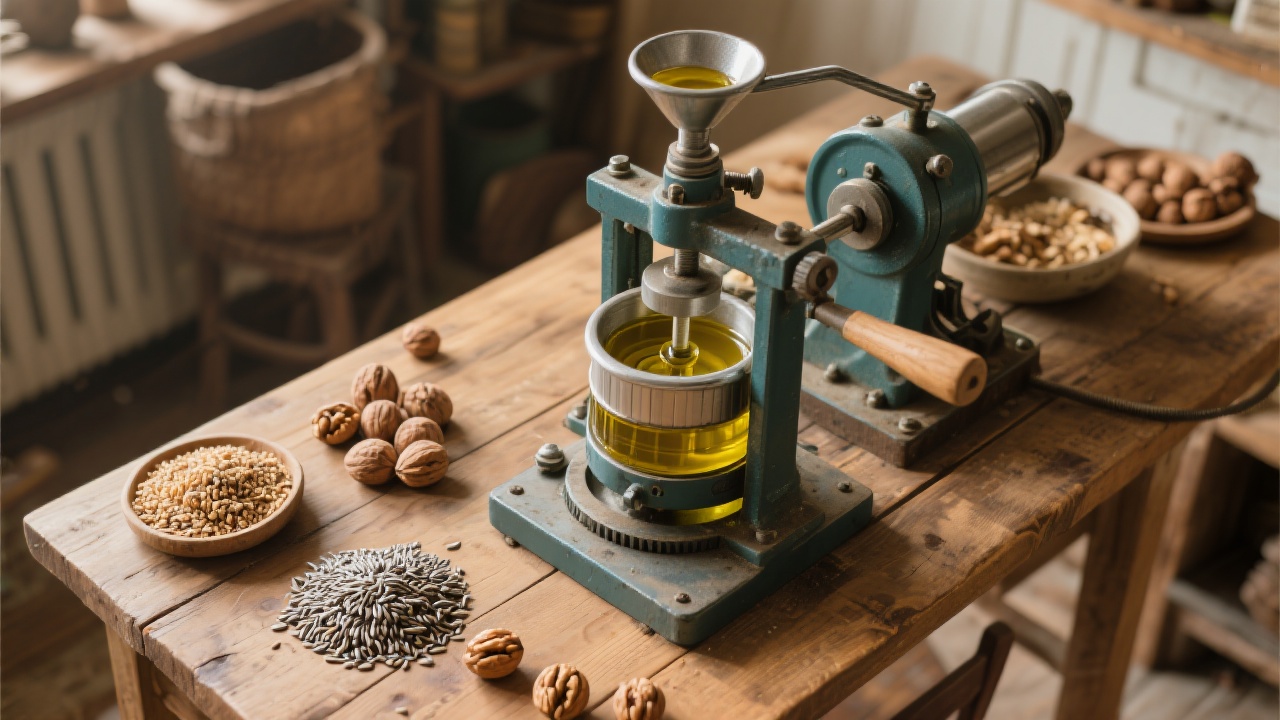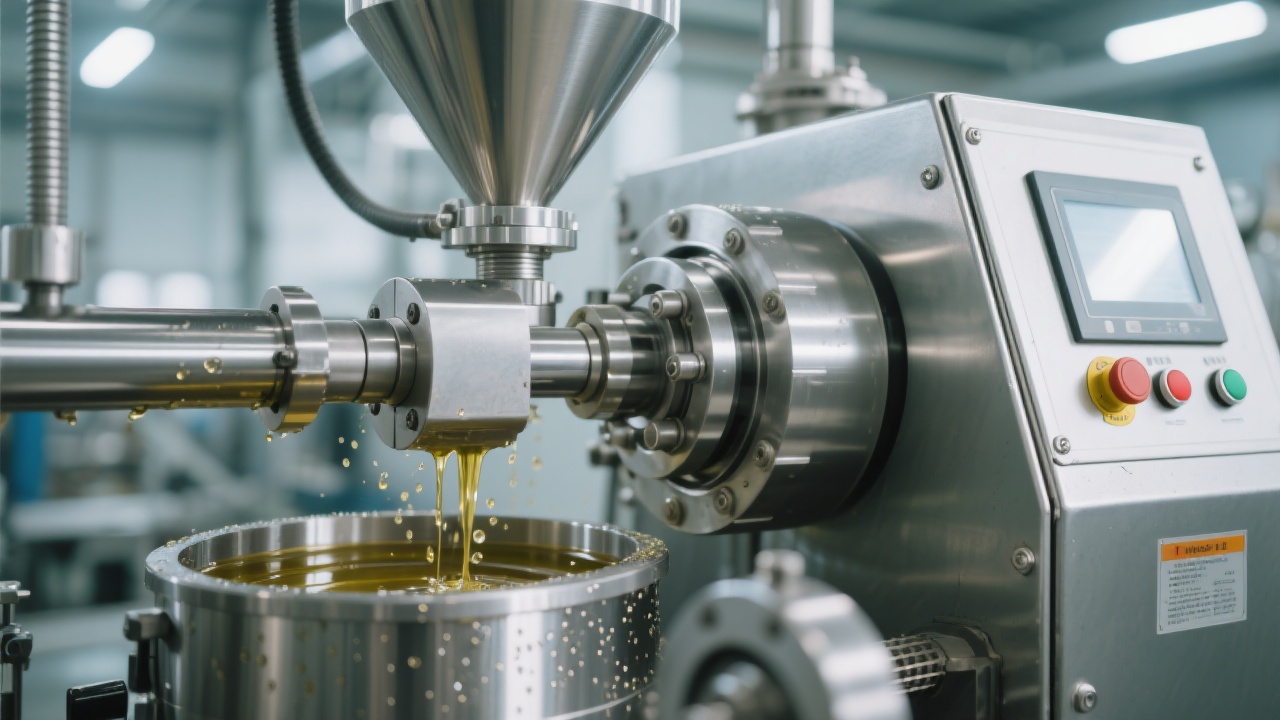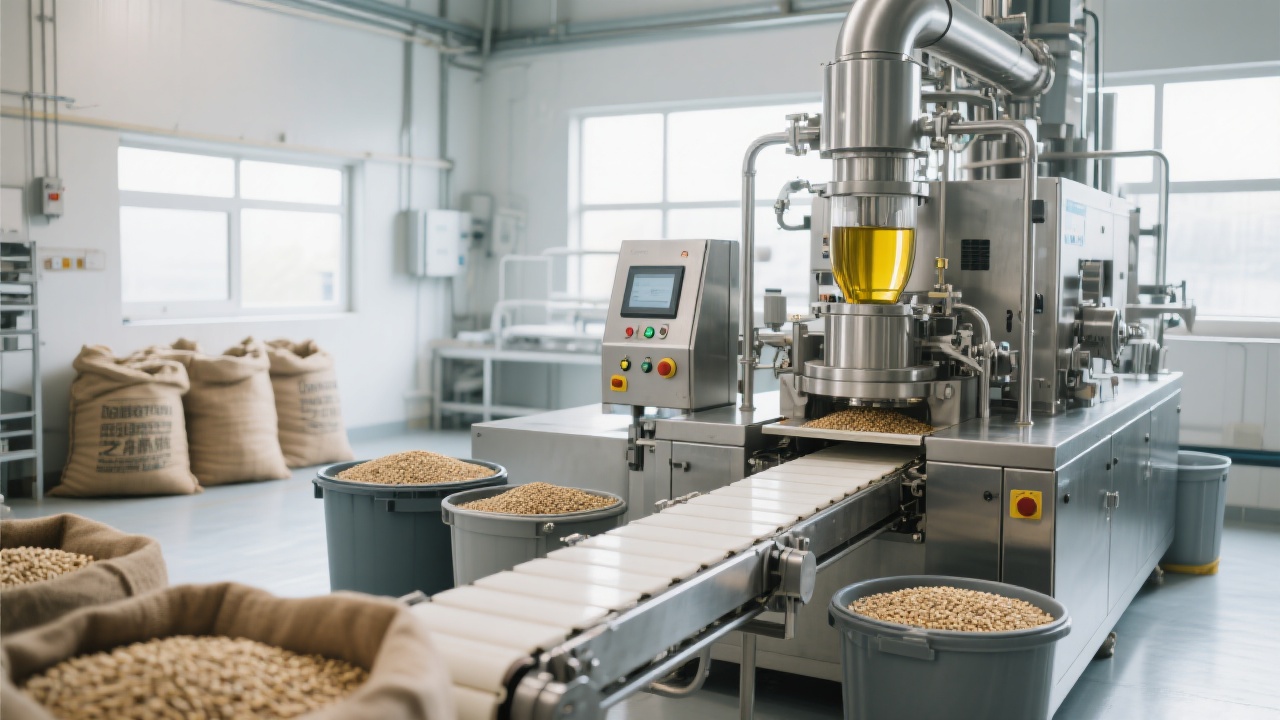
When selecting sesame oil for your kitchen, do you know how the extraction method affects its nutritional quality? Low-temperature cold pressing (under 60°C) is a technique designed to protect sensitive compounds like Vitamin E and unsaturated fatty acids such as linolenic acid and oleic acid. Unlike traditional hot pressing, which often exceeds 100°C, cold pressing avoids thermal degradation, resulting in a healthier, more fragrant oil optimal for dressings, dips, and light cooking.
The core advantage of cold pressing lies in stringent temperature control. Vitamin E, a potent antioxidant, begins to degrade significantly at temperatures above 70°C, while unsaturated fatty acids are prone to oxidation and structural breakdown when exposed to heat. By restricting extraction temperatures below 60°C, cold pressing maintains:
Traditional hot pressing typically heats sesame seeds to 120°C or higher, accelerating oil extraction but compromising nutritional integrity. This high temperature:
| Extraction Method | Vitamin E Retention | Unsaturated Fatty Acid Content | Aroma Profile | Ideal Use Case |
|---|---|---|---|---|
| Cold Pressing (<60°C) | ~90% preserved | High (rich in linolenic & oleic acids) | Delicate, nutty, fresh | Cold dishes, salad dressings, health foods |
| Hot Pressing (>100°C) | 60-70% preserved | Moderate, some degradation | Robust, roasted, slightly bitter | High-heat cooking, frying, flavoring |
Peer-reviewed studies emphasize that cold pressing results in oils with significantly higher antioxidant capacity and better-preserved unsaturated fats. A 2022 publication in the Journal of Food Chemistry reported that cold-pressed sesame oil retained up to 28 mg/100g Vitamin E, compared to 18 mg/100g for hot-pressed counterparts. This 55% difference underpins the nutritional edge of cold pressing, especially for consumers prioritizing heart health and anti-inflammatory benefits.
Interested in crafting your own nutrient-rich sesame oil? Small-scale cold pressing is accessible with proper equipment and temperature control:
Maintaining the cold press principle throughout each step safeguards the valuable Vitamin E and fatty acids.

With increasing consumer awareness around healthy eating, cold-pressed sesame oil aligns perfectly with diets emphasizing:
Whether you're enhancing a salad or upgrading traditional Chinese cooking at home, cold-pressed sesame oil offers a flavorful, nutrient-dense choice.

Which extraction method preserves more Vitamin E?
(Answer at the end of this article)

Ready to elevate your culinary repertoire? Start Your Healthy Journey with Cold-Pressed Sesame Oil Today!
Quiz Answer: Cold Pressing under 60°C preserves significantly more Vitamin E than Hot Pressing.

